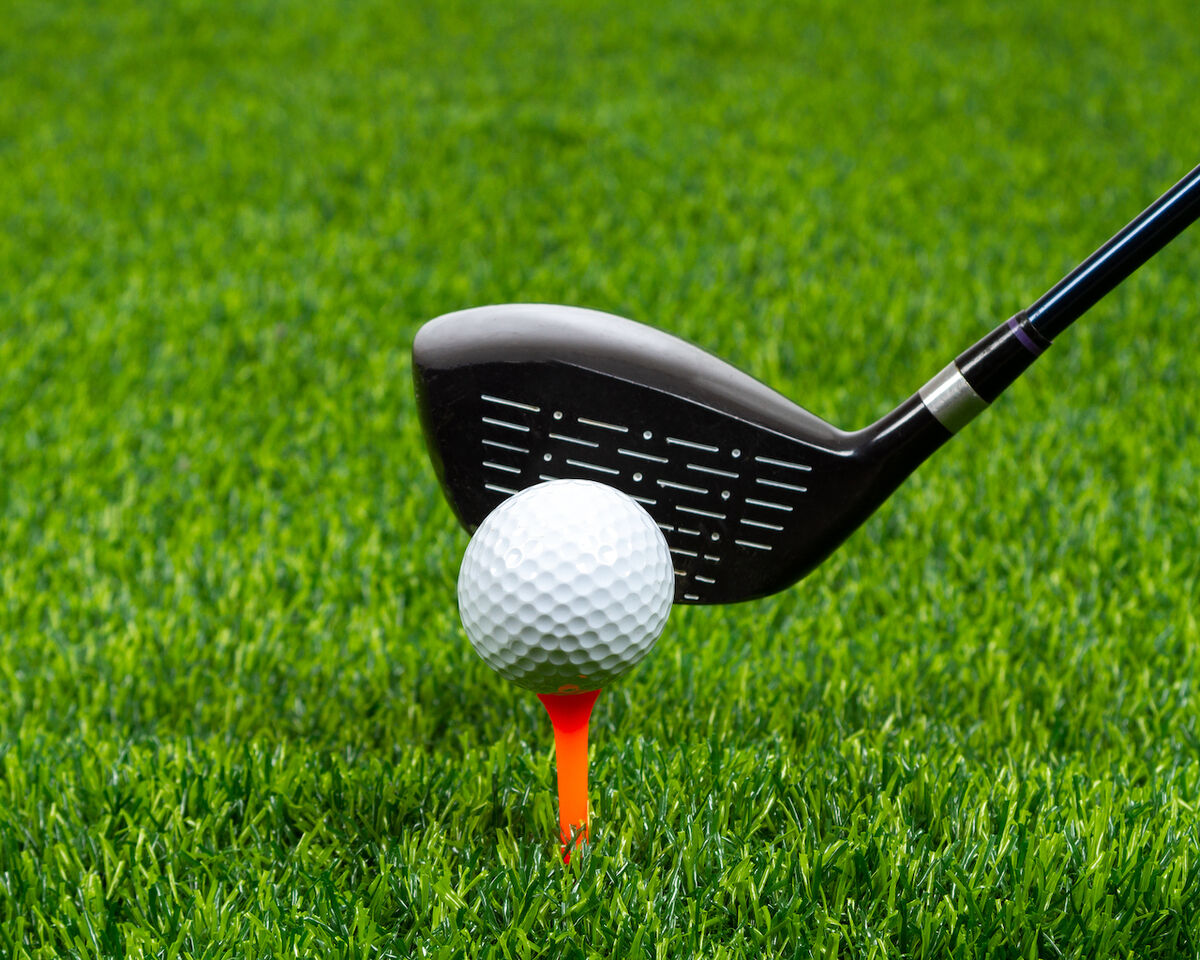CG in Golf Clubs Explained in Simple Terms

CG is an acronym for Center of Gravity. Golf manufacturers rely heavily on CG to create clubs with superior performance, and tout optimal CG as a selling point. How does CG affect you and why should you care about it? Here are all the important facts.
CG by the Book
According to YourDictionary.com, the Center of Gravity is described as, “that point in a body or system around which its mass or weight is evenly distributed or balanced and through which the force of gravity acts.”
How CG Translates to Golf
CG is important in golf clubs because its placement influences shot trajectory and shape. Golf club manufacturers have significantly reimagined CG with advancements in moveable weight technology. Players today can optimize the CG in their driver simply by using a wrench.
CG is typically associated with three different areas of a club head:
- Horizontal location refers to how far away from the club’s shaft the CG is located.
- Vertical location refers to the area highest towards the crown and away from the sole.
- Rear location, refers to the area furthest from the clubface, usually at the back of the head.
How Does CG Affect Your Game?
CG has a big impact on all golfers, no matter their skill level. In addition, CG affects every club in your bag from your driver to your putter. Today, manufacturers know that golf consumers are well-educated and that they will come across the term "CG" when researching different clubs. That's why manufacturers go to great lengths to make golf clubs with a CG that a wide audience will crave.
How CG Impacts Trajectory
Optimizing trajectory is one of the biggest objectives in moving the CG of a golf club. Someone who has trouble getting the ball in the air benefits from CG low and as far back in the clubhead as possible. On the opposite end, a club with CG towards the crown and face of the clubhead will result in lower trajectory shots.
When TaylorMade launched its Stealth Irons, it boasted CG's impact on trajectory as a selling point, as manufacturers often do, explaining "taking mass from the toe and placing it in the sole lowers CG for increased launch angle and peak height, producing a towering ball flight, long carry distances and heavy stopping power.”
This concept is on display particularly with blades and muscle back irons, which have similar features but the addition of rear weighting on the muscle back allows them to get in the air easier than the blades.
CG and Accuracy
The other main objective of optimizing a golf club’s CG is accuracy, specifically in relation to the shaft of the club. The closer the CG is to the shaft (or heel), the more likely the player will hit a draw or in severe cases, a hook. Players who struggle with slicing the ball benefit from CG in the heel. Drivers with weight in the heel are classified as draw-biased drivers, and are aimed at golfers looking to turn their push or slice into a straight ball flight, or even a draw.

Adapted from Titleist
Likewise, weighting towards to toe opens the clubface more and likely produces a fade or slice which can be useful for people who fight snap hooks.
PING points to CG and its impact on accuracy, and a player's ability to adjust it, as a key feature of the G425 MAX Driver.
“G425 MAX elevates the moment of inertia to PING’s highest level in history. Forgiveness comes mainly from a 26-gram tungsten movable weight, made possible by weight savings from advancements in the driver’s dragonfly crown technology. The CG-shifting weight can be set in neutral, draw or fade.”
Conclusion
CG matters in golf club technology and can have a big effect on your performance. What used to be solved with lead tape and a little trial and error now comes in the form of moveable and removable weights. It’s important that your fitter understands your miss tendencies with trajectory and direction when being properly fit for your golf clubs. That way your clubs can be properly tuned to your specifications.